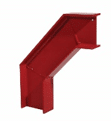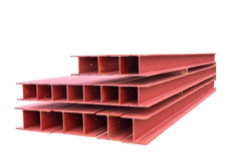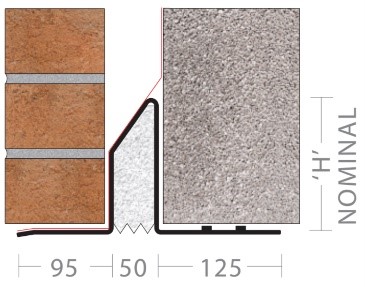Steel – your questions answered
Aug 07, 2019
Q: What is an RSJ beam?
A: RSJ stands for Rolled Steel Joist; it is an old term for UC / UB steel beams but is possibly the most common term used when referring to steelwork. The original RSJ beams are imperial sizes, now the UC & UB sections sizes have adopted the metric measurements.
 Q: What is a cranked steel beam?
Q: What is a cranked steel beam?
A: Predominantly used alongside roofs and staircases, the angle of the central member is designed to follow and align with the roof pitch. In order to secure the connections, for fabrication a plated joint is preferred between the members at the crank point.
Q: What is a composite steel beam?
A: steel beam and composite slab connected by shear studs. With higher performance than non-composite beams, they’re often used in areas where a longer lifespan is desired.
Q: Where to splice a steel beam?
A: Typically, the engineer will request a spliced beam to be split into 1/3 & 2/3 so that the splice is not in the centre. The reason for this is that the highest load on the beam is in the centre so not having a join here will minimalize the deflection or the splice will have to be quite extensive to account for this. The splice detail will be provided by the engineer.
Q: When is a steel beam required?

Your engineer will specify when a steel is required, some engineers will sometimes give options for either steel or a standard lintel and it is up to you to choose which option you go for. Lead times and prices will possibly affect your choice as sometimes one of the options could be a non-stock item, but steel will usually be the cheaper option.
Q: What is the difference between a steel beam and steel column?
A: Steels beams (UB) and steel columns (UC) are both ‘I’ beams or can also be known as ‘H’ beams simply because their profile looks similar as they have a top and a bottom flange and a single web in the middle.
Beams and columns differ in in appearance as a UB is taller than it is wide (i.e. 203x102x23UB) and a UC is a similar dimension in height has it is wide (i.e. 203x203x46UC).
Please note that the specified profile size is not the exact dimensions of the beam profile and they get larger as the kg/m increases.
Q: What is the difference between a steel beam and a steel lintel?

We’ve a range of stock steel beams and lintels available for next day 